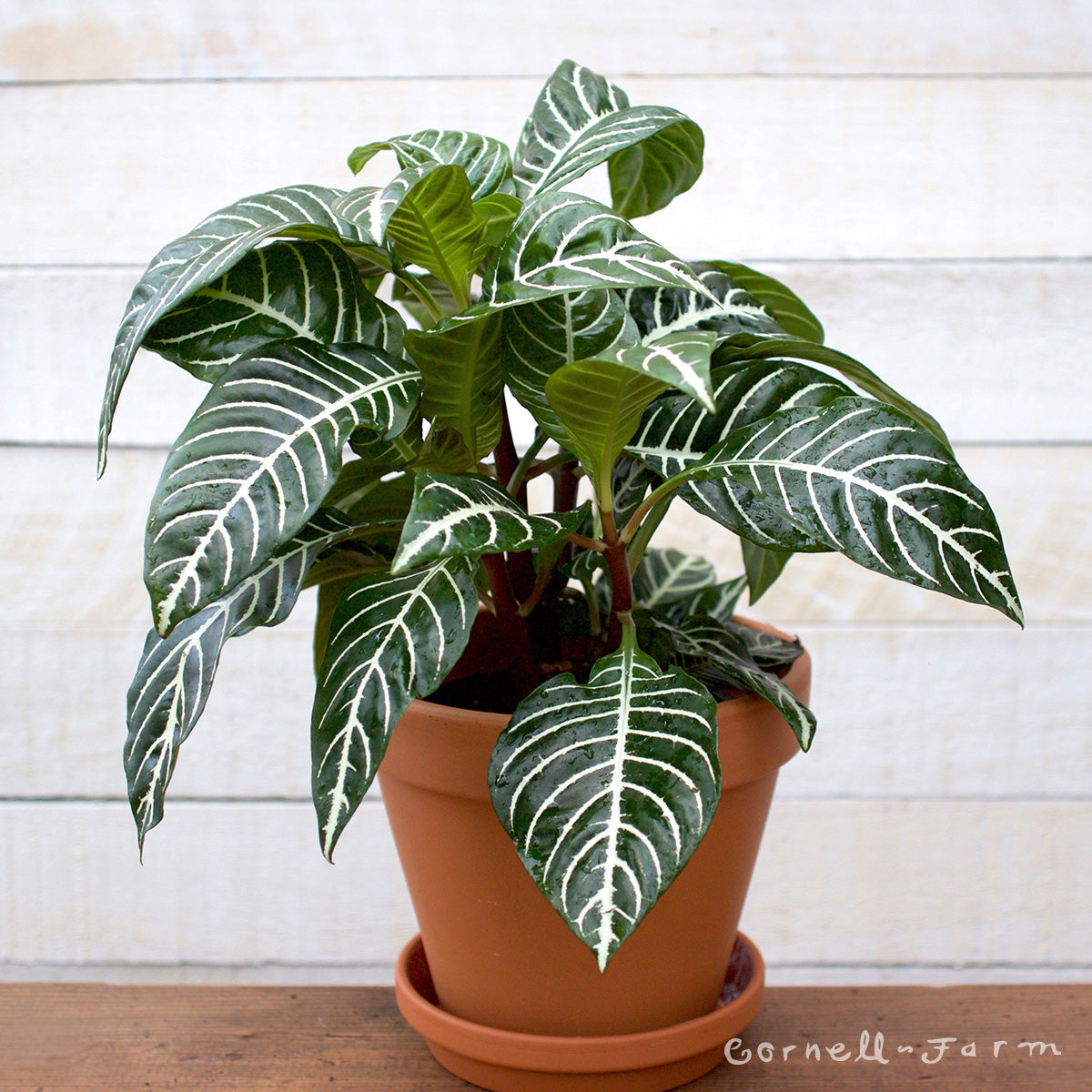- Free Shipping on Orders Over $99
- Up to 40% OFF on Selected Items
- 100% Secure Payment
Plants are living organisms that belong to the kingdom Plantae. They are an essential part of our ecosystem, providing us with oxygen, food, and many other resources. From the towering trees in the forests to the tiny flowers in our gardens, plants come in a wide variety of forms and serve numerous purposes. In this article, we will explore the fascinating world of plants and delve into their importance and diversity.
Plants play a crucial role in maintaining the balance of our ecosystem. They are the primary producers, harnessing energy from the sun through photosynthesis and converting it into organic matter. This process not only provides food for plants themselves but also forms the basis of the food chain, sustaining all other living organisms.
Furthermore, plants release oxygen as a byproduct of photosynthesis, which is vital for the survival of animals and humans. They absorb carbon dioxide, a greenhouse gas responsible for climate change, helping to mitigate its impact and maintain a stable atmosphere.
Plants also contribute to the aesthetic beauty of our surroundings. Lush green forests, colorful gardens, and vibrant landscapes all owe their appeal to the presence of plants.
Trees are the giants of the plant kingdom. They can reach towering heights and have a significant impact on our environment. Trees provide shade, reduce soil erosion, and act as natural air purifiers. Additionally, they serve as habitats for numerous animal species, supporting biodiversity.
Shrubs are smaller than trees but larger than herbs. They usually have woody stems and branches. Shrubs are commonly used in landscaping due to their decorative qualities. They can be found in gardens, parks, and along roadsides, enhancing the visual appeal of these spaces.
Herbs are generally small, non-woody plants that usually have a short lifespan. They are known for their culinary and medicinal uses. Basil, mint, and rosemary are examples of commonly used herbs in cooking, while plants like aloe vera and chamomile have various medicinal properties.
Flowers are the reproductive structures of plants. They come in an astonishing array of shapes, sizes, and colors. Flowers are not only visually appealing but also play a significant role in attracting pollinators such as bees, butterflies, and birds. This process facilitates pollination, allowing plants to reproduce and produce fruits and seeds.
Plants have evolved various adaptations to survive and thrive in different environments. These adaptations enable them to overcome challenges such as extreme temperatures, limited water availability, and competition for resources.
In arid regions, plants have developed mechanisms to conserve water. Many succulent plants, such as cacti and aloe vera, store water in their fleshy leaves or stems to withstand long periods of drought. Additionally, some plants have reduced leaf surfaces or waxy coatings to minimize water loss through transpiration.
Desert plants have unique characteristics to survive in hot and dry conditions. They often have long taproots that can reach deep underground water sources. These plants may also have small leaves or spines to reduce water loss and protect themselves from herbivores.
Plants that grow at high altitudes face challenges such as low oxygen levels and extreme temperatures. They adapt by having shorter growing seasons, developing hairy or waxy leaves to trap heat, and growing in compact forms to reduce exposure to harsh winds.
Plants that inhabit coastal areas have adaptations to cope with saltwater and sandy soils. They often have specialized salt glands to excrete excess salt and can tolerate high levels of salinity. Some coastal plants also have extensive root systems to anchor themselves in loose sand.
The conservation of plants is vital to maintain biodiversity and ensure the sustainability of our ecosystems. Unfortunately, many plant species are currently at risk due to habitat destruction, climate change, and invasive species.
Efforts to conserve plants include establishing protected areas such as national parks and botanical gardens. These areas provide safe havens for rare and endangered plant species. Additionally, seed banks preserve plant genetic material, ensuring the availability of diverse plant species for future generations.
Individuals can contribute to plant conservation by planting native species in their gardens, supporting local conservation organizations, and raising awareness about the importance of plants in our daily lives.

Plants are not merely green organisms that adorn our landscapes; they are the foundation of life on Earth. Their photosynthetic abilities, aesthetic appeal, and numerous adaptations make them indispensable. By understanding and valuing Plants, we can work towards their conservation and ensure a sustainable future for all living beings.